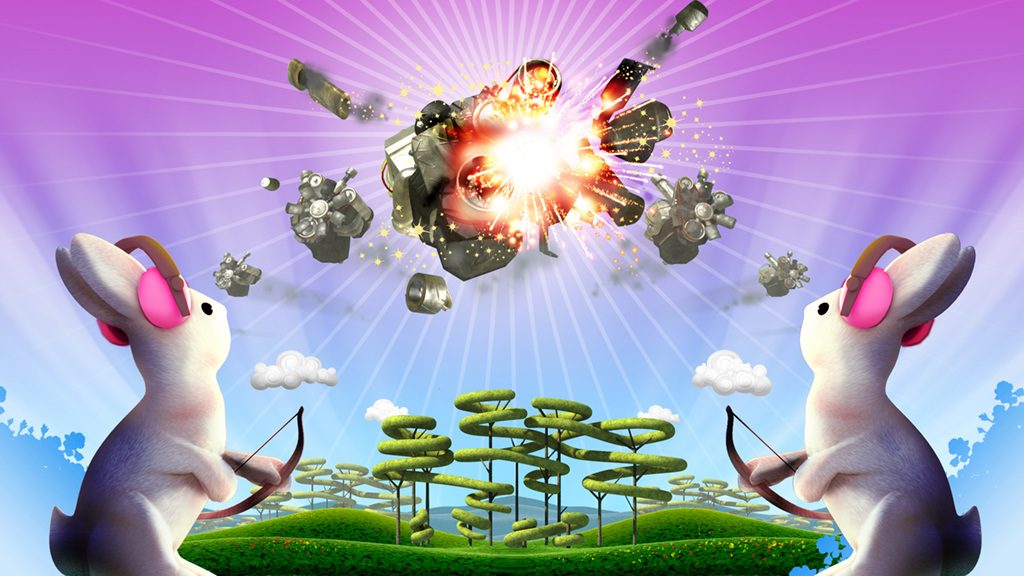In praise of passive planning

One of my favourite ads of all time is Honda Grrr. A Wieden & Kennedy classic, it’s still fresh and powerful a decade on, albeit the subject matter is a little out of time, as we tend to frown upon diesel these days.
As much as the work is lovely, it’s the planning that I have always found intoxicating. And way back in 2005, being the chair of the judges at that year’s APG awards, I not only read the entry for Grrr but also witnessed its planner, Stuart Smith, perform in front of the judges.
It’s a story about the way in which hatred can be positive and that the hatred that Honda’s chief engineer had for diesel engines inspired him to create a better and cleaner engine from scratch. It’s a nice strategic flip, recognising hatred isn’t just a force for bad in our world. Because hate gets things done.
But the reason I talk about this case study all the time is not simply the quality and freshness of the thinking, it’s because it illustrates the power of what I’m going to call passive planning.
Active planning is all about forging breath taking strategic thinking from thin air in acts and moments of planning genius. And in truth it’s not really how most strategy emerges, it’s certainly not really how I work if I’m brutally honest. Most of the best thinking I have done comes not from active planning but from sitting back and simply listening, hence passive planning.
You’ll need to talk to Stuart to find out how he really developed the idea of positive hate. But in my head and in the story that I recollect, the W&K team were all listening to Honda’s chief engineer talking about his new diesel engine and how much he hated traditional diesels. In other words, the idea came from Honda itself ad not really from the planner. Where Stuart made the difference was in noticing how good that idea was and being able to take it, shape it and sell it as a solution. A solution that created ground breaking work.
That hardly sounds clever but I think it goes to the heart of what makes a good strategist, the ability to clear you head and listen. To listen intently and with acute sensitivity towards anything that seems interesting, unusual or out of the ordinary. What you are doing is sifting through the junk and signal noise in pursuit of something you can use, build on and turn into a powerful new strategy. It’s like having a really good planning radar, or plandar if you will.
When in meetings you will often notice the account handlers and clients filling all the available airspace, afraid of not appearing to have all the answers. Planners behave differently, often sitting there doing this passive planning thing. Just sifting the conversation, asking the odd question for clarity or asking a client or a consumer or anyone else to go a little deeper but never leading or dominating.
And why? Because we are waiting for the moment, often unnoticed by others, when the kernel that will form our entire strategy is revealed and quietly we jot it down in our notebook for safe keeping.
It’s not perhaps the vision of planning that we lionise and celebrate, all moments of lone genius and intellectual derring do, but I assure you opening your ears, quietening your mind and letting the world around you do the hard work is a far more likely route to strategic success.
Discover more from
Subscribe to get the latest posts sent to your email.

Nice piece, but I doubt anyone will listen nowadays ……
jtw
A million times yes. The reality is the answer is often right in front of us but our ego stops us listening in the misguided belief we are all David Blaine. We’re not. I always felt the most valuable thing Wieden taught me was exactly that … don’t recreate, listen and make.
Excellent as ever mr h
… and those ideas don’t tend to come from arrows and venn diagrams and matrices, either!
Love this